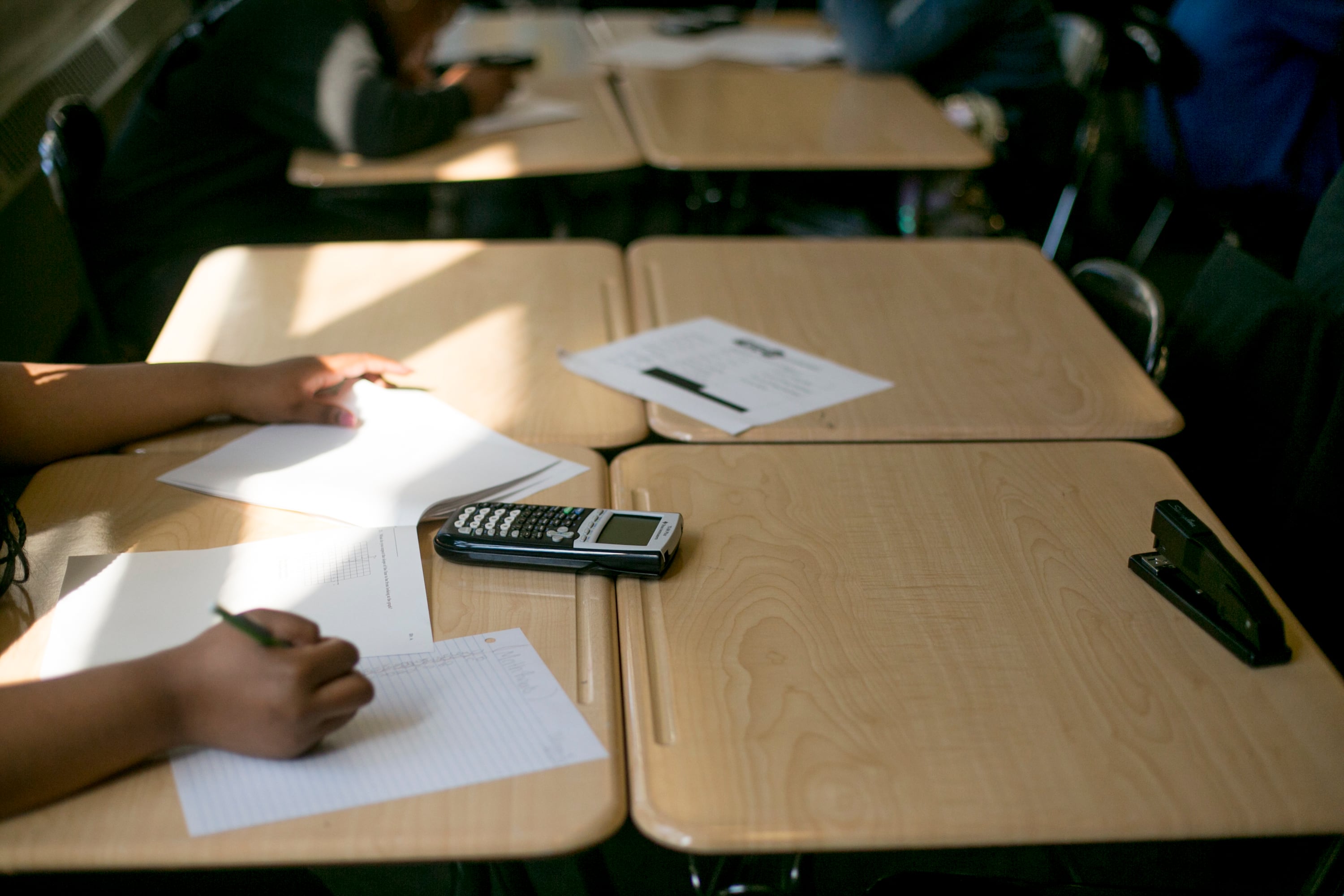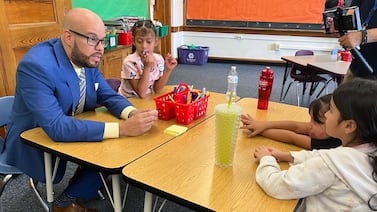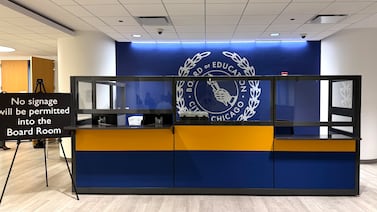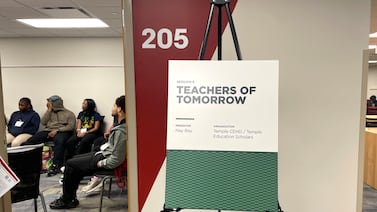Test scores from nearly two million students nationwide show that while students made gains in the last year, a smaller share are able to read and do math at their grade level compared with before the pandemic began.
The results illuminate two particular areas of concern: More young children are struggling with early reading skills, while more older elementary and middle school students are missing foundational math skills like subtraction and multiplication.
The latest batch of data underscores how the pandemic and years of disrupted school derailed student learning, and comes soon after other national data showed 9-year-olds’ math and reading scores plummeted between 2020 and 2022. The new tests echo earlier reports showing that students who struggled before the pandemic are having the toughest time catching up, and suggest schools need to do more to help young readers and kids struggling in math class.
“Student learning is in a better place today in 2022 than it was two years ago,” said Kristen Huff, the vice president for assessment and research at Curriculum Associates, which makes the test that was used to gather these results. Still, “the students who we’re most concerned about — students who are two or more grade levels below — their trajectory of recovery is much slower than students who are on grade level.”
The results, released Wednesday, are drawn from students in grades 1-8 who took the i-Ready test at school this past spring. Testing officials compared them to a similar group of students from spring 2021, and to students who took the tests the last two years before the pandemic.
This test zeroes in on which skills students have mastered, making it a good indicator of exactly what students are struggling with and where schools may want to devote more time and money to get students caught up.
As some other tests have found, the i-Ready showed more trouble spots in math than reading.
Students in most grades saw small or modest increases in math performance from last year to this year, likely buoyed by a year of in-person learning, researchers noted. Still, a growing share of older elementary and middle school students are considered below grade level in math — a “disquieting” finding that signals the “need for targeted, intensive, and effective mathematics interventions,” Curriculum Associates researchers wrote.
Foundational math skills were a concern for students in every grade, with fewer students demonstrating grade-level mastery of essential skills like addition, subtraction, multiplication, and division.
Fewer students in grades 3 to 5, especially, hit their grade-level targets in math compared with pre-pandemic times, which researchers said was “especially problematic” because students learn math in those grades that is “pivotal” to math going forward. And students in grades 5 to 8 are especially losing ground in algebra and algebraic thinking, the data show.
That’s worrying because if students are stumbling over math facts in elementary school, it can make it harder to learn the more conceptual math that sets students up for algebraic thinking in middle school.
“What we see, specifically, is that students are falling behind in a couple of critical phases in their learning,” Huff said.
In reading, the share of older elementary and middle school students who are considered on grade level is getting close to pre-pandemic levels. But students in first and second grade, in particular, are scoring lower than they did pre-pandemic, likely because it was hard for them to learn to read when school was remote earlier in their school careers, researchers wrote.
A growing share of first and second graders are below grade level in phonics, the data show, which could have “worrisome implications” for their future reading abilities, the report says.
“Students who were able to learn the mechanics of reading, despite the challenges of an interrupted school year(s), will likely continue to grow,” the researchers wrote. Students who didn’t get the phonics help they needed at home “will likely continue to fall further behind.”
In southwest Idaho, Superintendent Sherry Ann Adams was pleased to see her students’ scores in math and reading improve on the i-Ready test this year, but she knows they still have work to do in math.
When her rural district of some 850 students went remote in the spring of 2020, officials realized that while most families had internet access, it often wasn’t powerful enough to support their online programs or for more than one child to learn online at once. They turned to a mix of virtual instruction and paper packets, which worked well enough for reading practice, but not for reviewing math skills.
“They missed about a quarter of a year of good math instruction,” Adams said.
While her district had early literacy intervention programs in place before the pandemic, math wasn’t as big of a focus, so schools are now working to add extra support in that subject.
This year, the district is setting aside time for elementary school teachers to work in small groups with students who are struggling with their math facts and other foundational skills. A third grade teacher may pull aside all the students who are working on multiplication tables, for example, while the other two teachers guide the rest of the third graders in other activities.
“We know, across the board, that’s one of the areas we have to continue to focus on,” Adams said.
Kalyn Belsha is a national education reporter based in Chicago. Contact her at kbelsha@chalkbeat.org.






